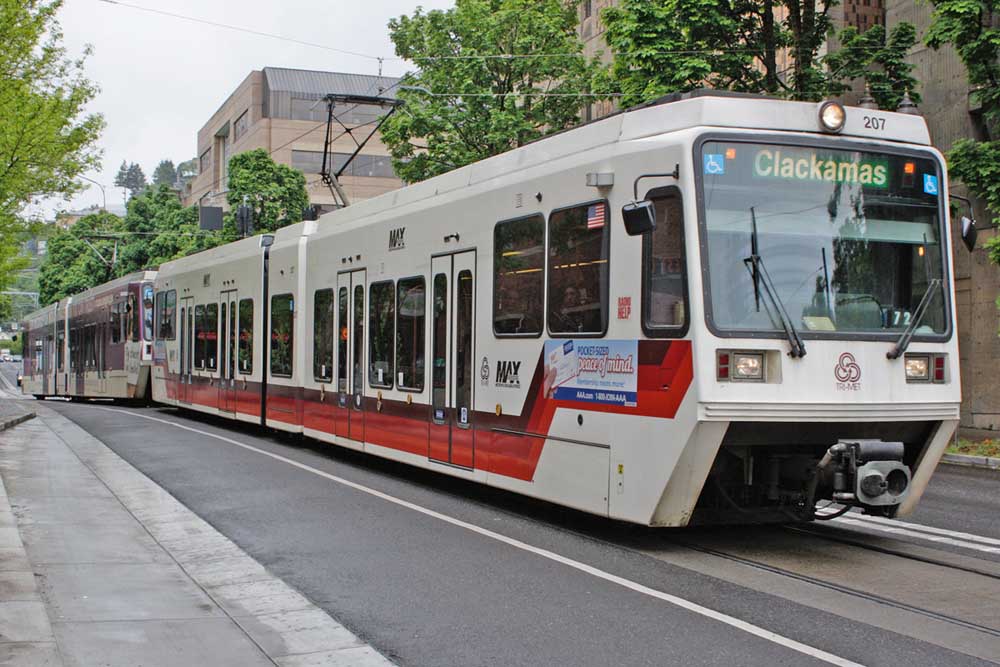So long, SeaPort. Hello, light rail?
Published 8:00 pm Wednesday, September 21, 2016

- While air service between the North Coast and Portland has proven economically unsustainable, it's possible to imagine designing more convenient ways for local residents to gain access to Portland MAX system.
Better bus service, other travel options are better fit for coast
Full-scale bankruptcy liquidation of SeaPort Airlines is the least-surprising news all month.
The company was the latest to try to bring air service between Astoria and Portland and Newport between 2008 and 2010, and has continued trying to make its business profitable since then, for example in Pendleton. Its name alludes to an original plan of connecting smaller markets to national airlines in Seattle and Portland.
Like previous attempts to expand rural air service in Oregon and Washington, SeaPort relied to a large extent on government subsidies, most recently under the federal Essential Air Service program. EAS and state-funded subsidies are well-intentioned efforts to jump start economic development, while boosting the ability of rural Americans to reach needed healthcare and other urban conveniences.
But legislative and congressional patience with these subsidies eventually fades. Air service must stand on its own two feet — or to use a less hackneyed metaphor, fly on its own two wings. It is very difficult to make a success of a small regional airline. Commenting to USA Today about the airline he co-founded, Kent Crafort said regarding SeaPort skeptics, “I don’t think people are intentionally being mean. … They’re just realistic about the history of this industry and the likelihood (a) new start-up will not survive. For every group of guys like myself and my partners, there’re 10 groups that have tried the same thing and failed.”
Dissecting the various failed efforts to provide air service out of Astoria Regional Airport in Warrenton would make an interesting subject for a business school dissertation. But the fundamental challenges are obvious. No matter how imperfect highway connections are between here and Portland, you can get in your car anytime and be to the Portland airport in under two hours. Even counting in the expense and inconvenience of parking, a person’s time has to be precious indeed to justify flying rather than driving to make an air connection at PDX. It is time to consider this issue dead and buried.
There is, however, a larger discussion still to be had about enhancing transportation options between the North Coast and the I-5 corridor. Any similar route in Europe, or even in many economically disadvantaged regions of the world, would be served by a passenger rail line and likely by several competing bus systems.
Particularly as driverless technology matures, it’s possible to imagine a time when buses circulate between the coast and city much more frequently than the three Astoria departure times now available at 8:30 a.m., 2:45 and 6 p.m. Even now, it’s conceivable that additional service might hook the coast into the TriMet MAX system’s western terminus in Hillsboro.
Extending light rail to the coast may remain a pipe dream for decades to come, but the success of the ride-sharing service Uber demonstrates that when government gets out of the way and allows private industry to succeed, everyone can benefit.




